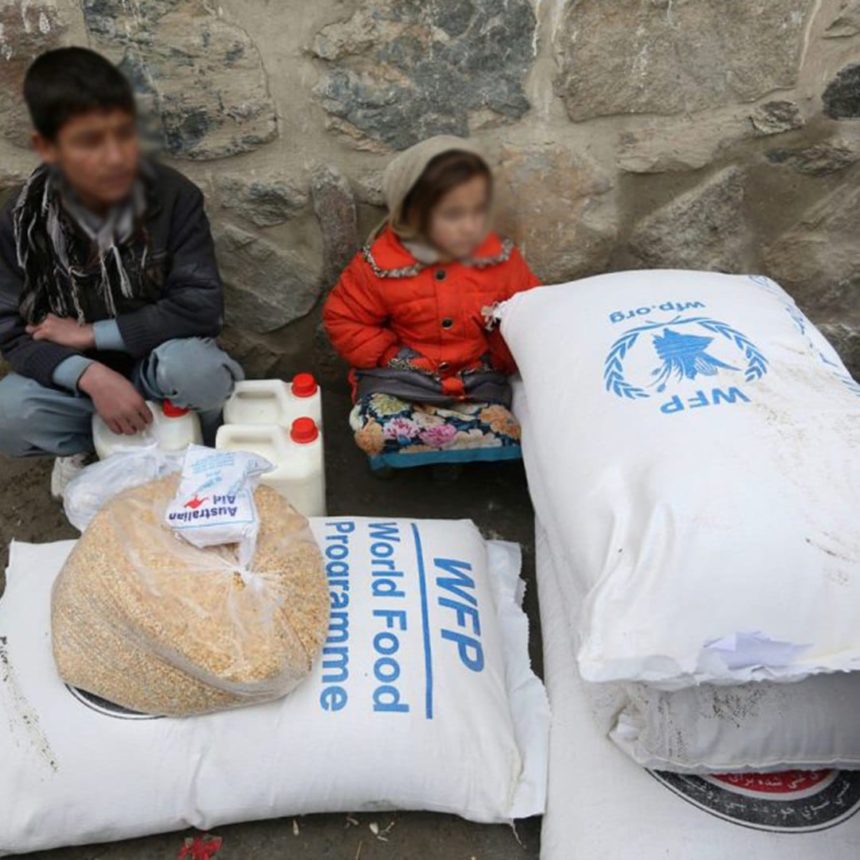RASC News Agency: According to the World Food Program’s (WFP) most recent report, from May to October of this year, 15 million and 300,000 people in Afghanistan experienced extreme food insecurity.
Based on the findings of this report, 4 million people, including children under the age of five, are facing severe malnutrition.
In its new report, this organization affiliated to the United Nations has classified the level of food insecurity in Afghanistan.
The findings of this report show that 2,800,000 people in Afghanistan are at the fourth level of food insecurity.
Based on the statistics of the World Food Program in Afghanistan, 4 million people, including 3.2 million children under the age of five, are facing severe malnutrition.
The World Food Program has warned in a part of its report that if the aid does not reach the hard-to-reach parts of Afghanistan on time and before the winter arrives, it is possible that the residents of these parts will suffer from famine.
The report states: “Food aid to level 3 and 4 groups that may be cut off due to winter weather in hard-to-pass areas is the main priority. There is a possibility of famine if there is no timely and sufficient help. “If WFP doesn’t get funding in the next few weeks, it won’t be able to make up the shortfall in November.”
The World Food Program considers the decrease in economic activities due to drought, especially in the northern provinces of Afghanistan, to be the most important reason for the increase in the number of people in need.
Earlier, the World Food Program reduced the number of aid recipients from 13 million people to 3 million people in 2023 in Afghanistan.
At the same time, the World Food Program publishes more reports about the situation in Afghanistan after reducing its budget.






